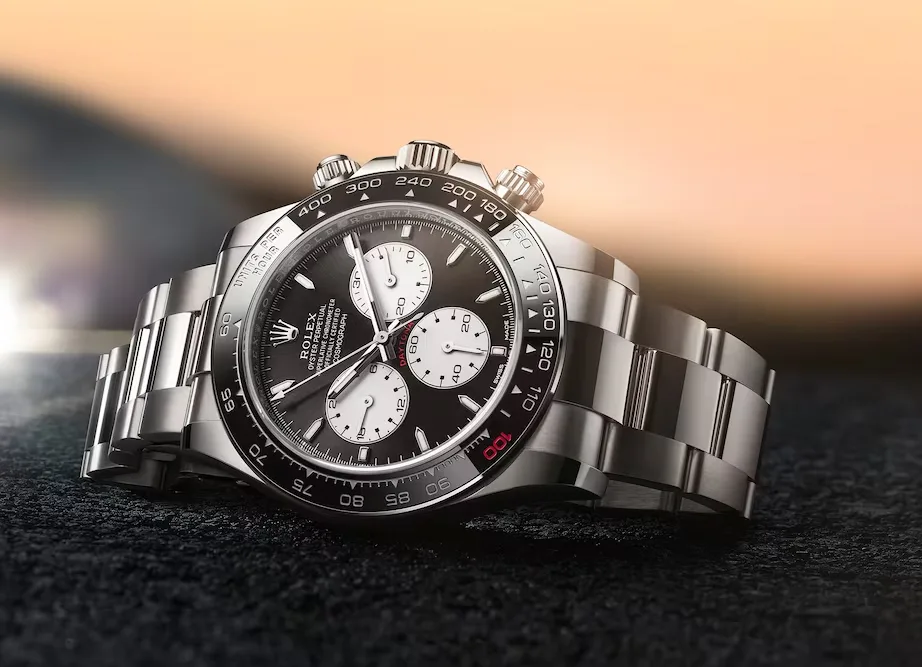Rolex enthusiasts may face steeper price tags in 2025, as the luxury watchmaker increased retail prices by up to 8% for select models. This price adjustment comes on the heels of a year-long decline in the secondhand market, which has seen used Rolex prices steadily drop.
Bloomberg reported that Rolex began the year by raising prices for several precious metal timepieces. For instance, the gold Day-Date 40-mm with a black dial now costs $45,809, up from $42,250 last year. Similarly, the gold GMT-Master II now retails for $45,950, compared to $42,550 in 2024. Even popular stainless steel sports watches saw modest price increases.
This 8% hike significantly outpaces inflation, marking a substantial shift in Rolex’s pricing strategy. It aligns with an industry trend, as many luxury jewelers and watchmakers typically adjust their prices at the start of the year.
Secondhand Market Challenges
While retail prices rise, the pre-owned luxury watch market tells a different story. The WatchCharts Overall Watch Market Index, which tracks a basket of secondhand luxury Swiss and European watches, recorded a 5.1% decline over the past year.
Rolex, long considered a cornerstone of the luxury watch market, experienced an 8.2% drop in 2023, followed by another 4.9% decline in 2024. Other high-end brands also saw depreciation: prices for Patek Philippe watches fell 6.5%, and Audemars Piguet watches dropped 7.4%.
The disparity between retail and secondhand markets underscores shifting dynamics within the luxury watch industry. Previously, Rolex watches were often sold on the secondary market for prices exceeding their retail value due to scarcity and high demand. The ongoing price correction in the used market has leveled the playing field, presenting challenges for collectors and secondhand dealers.
Implications for Collectors and Dealers
The rising retail prices might benefit the secondhand market by narrowing the gap between new and used prices, potentially stabilizing the latter. For collectors, this adjustment could reaffirm the value of holding onto coveted Rolex models, while secondhand dealers may find opportunities to regain margins in a previously overheated market.
Despite these changes, Rolex’s enduring reputation for craftsmanship and exclusivity ensures its status as a top-tier luxury brand remains intact. For consumers and collectors, the market adjustments signal a nuanced shift in the balance of supply, demand, and value in the world of luxury timepieces.





